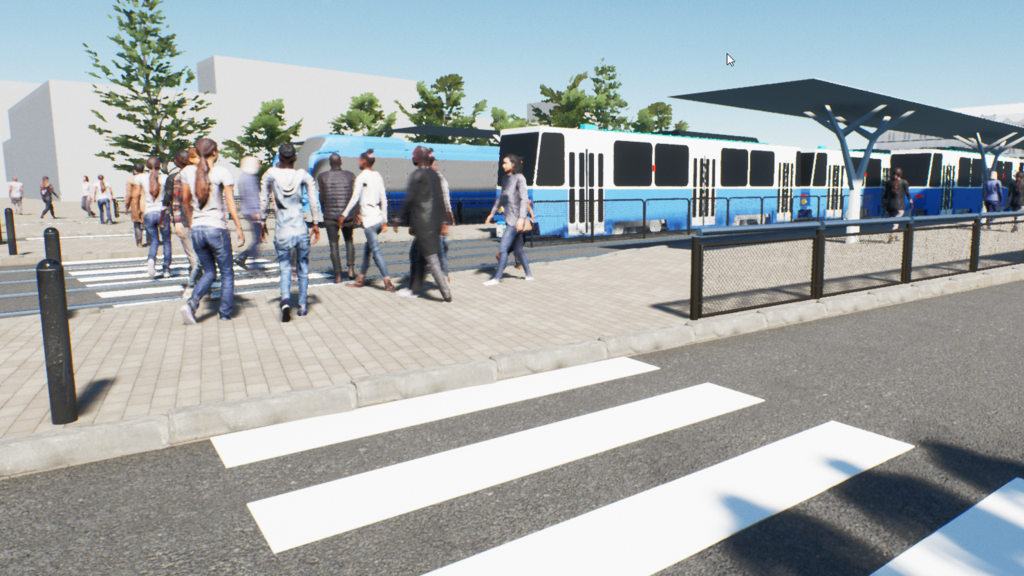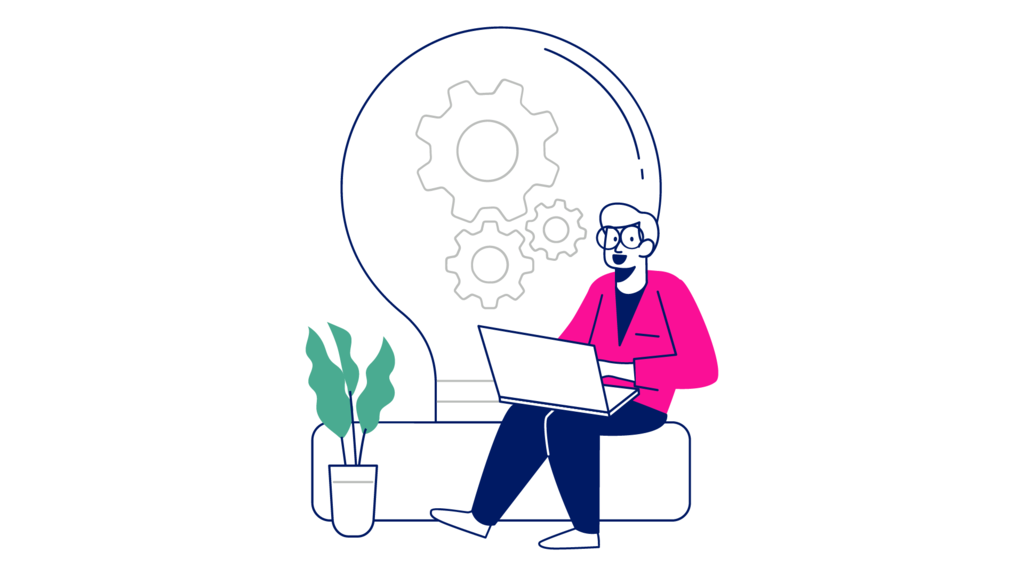Central Area
The pilot project was led by AFRY AB with the Swedish Transport Administration as the needs owner and RISE, Berge and Volvo Cars as partners.
Image credit to Jernhusen/Tomorrow
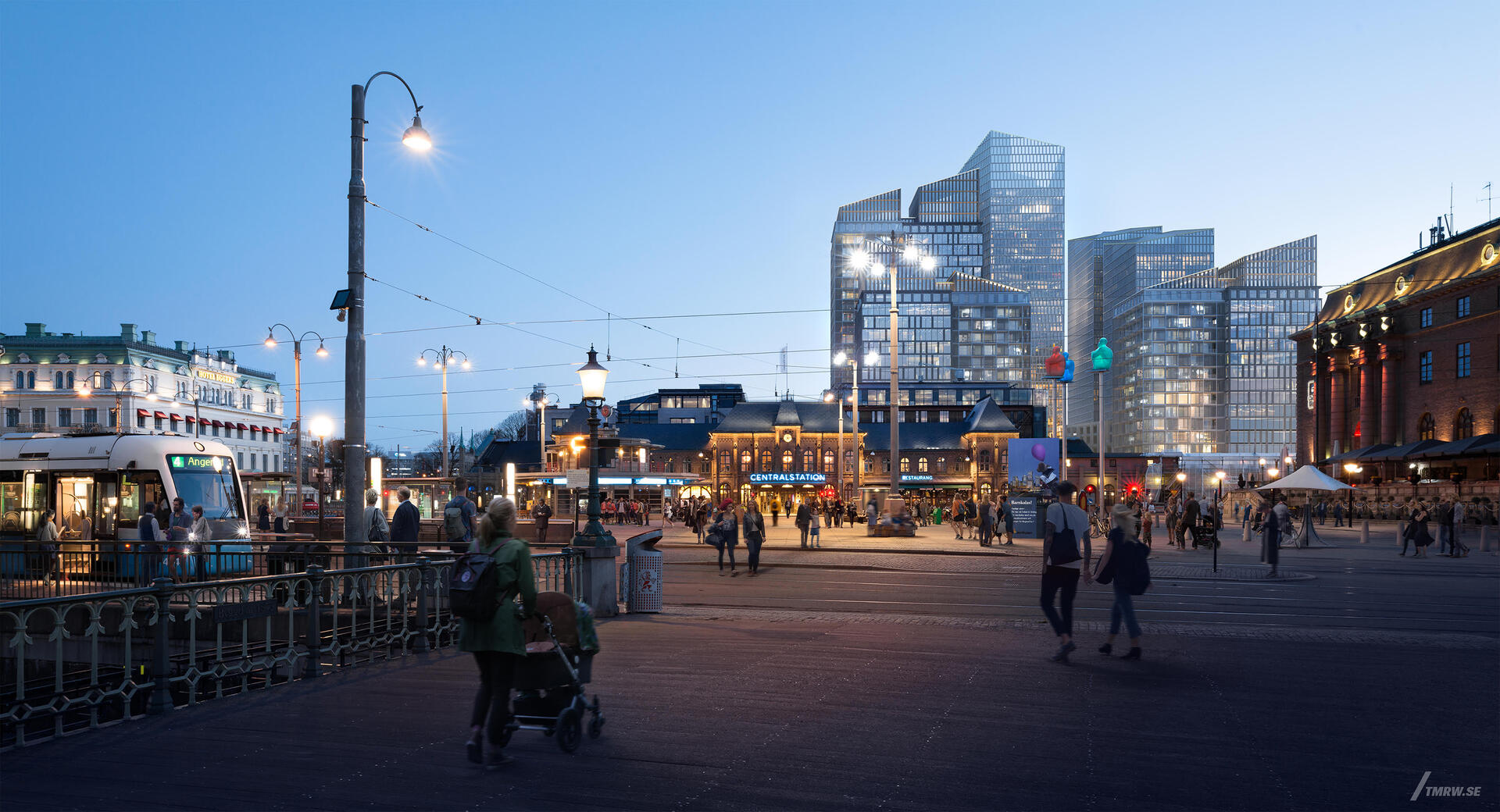
How do we best design the Central Area?
The Central Area will be one of Gothenburg's most important areas of development in the future. In the future, the urban environment should be characterised by a rich street life with a focus on culture and green areas. At the same time, the Central Area will continue to be an important hub for both private and public transportation.
In order to assess the perception of the urban environment from different perspectives, such as safety and traffic, the Central Area pilot project has used game engine technology to create a playful and interactive tool for decision-makers.
Challenges
The biggest challenge was to enable users to experience the Central Area, and not only see images or calculations of simulated traffic flows. A further challenge was to provide users of the application with the option to compare different traffic solutions. We also identified the importance of the tools under development to be simple and effective to use. There are many traffic simulation software packages on the market, but they are time-consuming to use and require specialised expertise. We, on the other hand wanted to develop an easy-to-use tool to make the decision-making process for traffic planning accessible.
Solutions
The application is an interactive game environment built using AFRY's visualisation platform, which is based on a tool that is normally used in game development, the Unreal Engine. The team has built a playful and easy-to-use tool that allows users to experience and interactively experiment with a crowd simulation influenced by the current traffic solution. The focus has been on experience and interactivity. We have studied people's interaction with crossing points and barriers. We have also taken the weather, e.g. rain, into account. A lesser degree of focus has been placed on the precision of the simulation.
The user is able to do the following in the application:
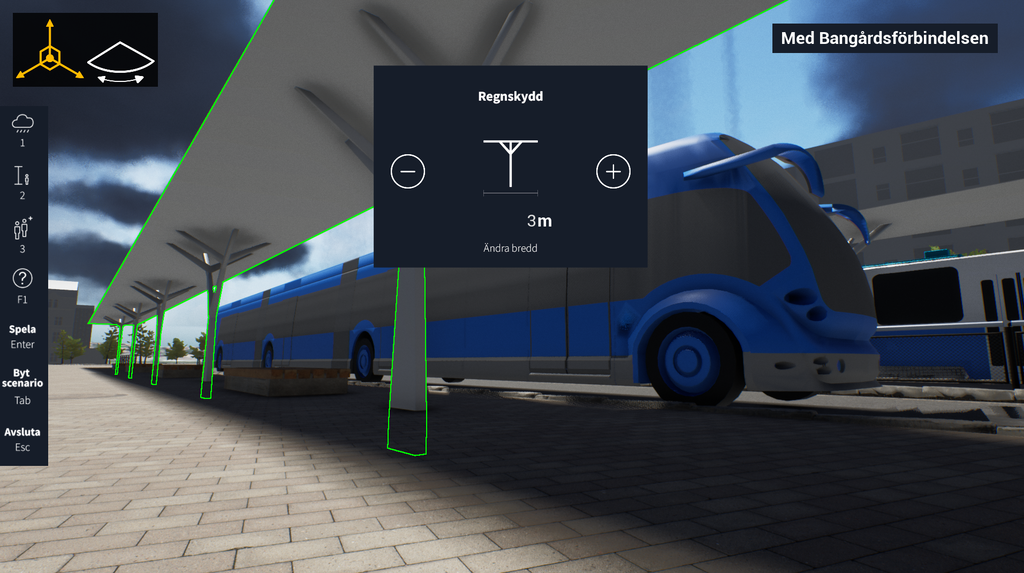
Change the size of shelters at bus and tram stops.
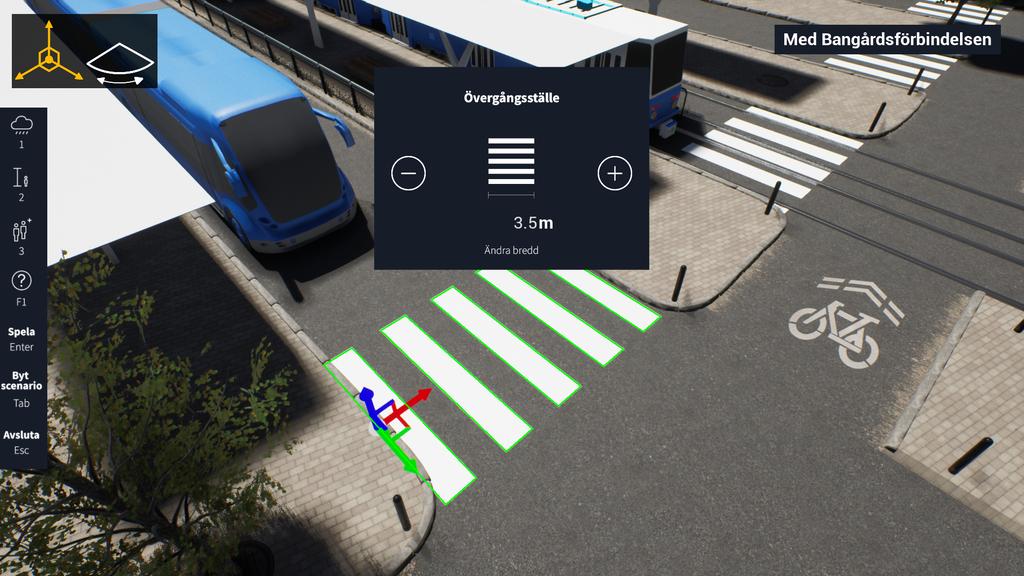
Change the width of crossing points.
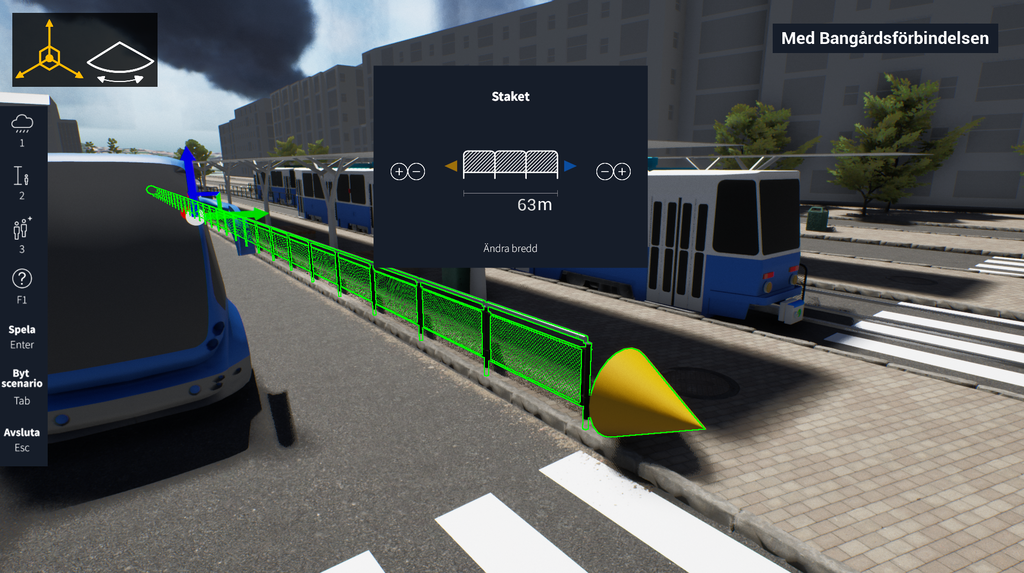
Place fences to act as barriers for pedestrians.
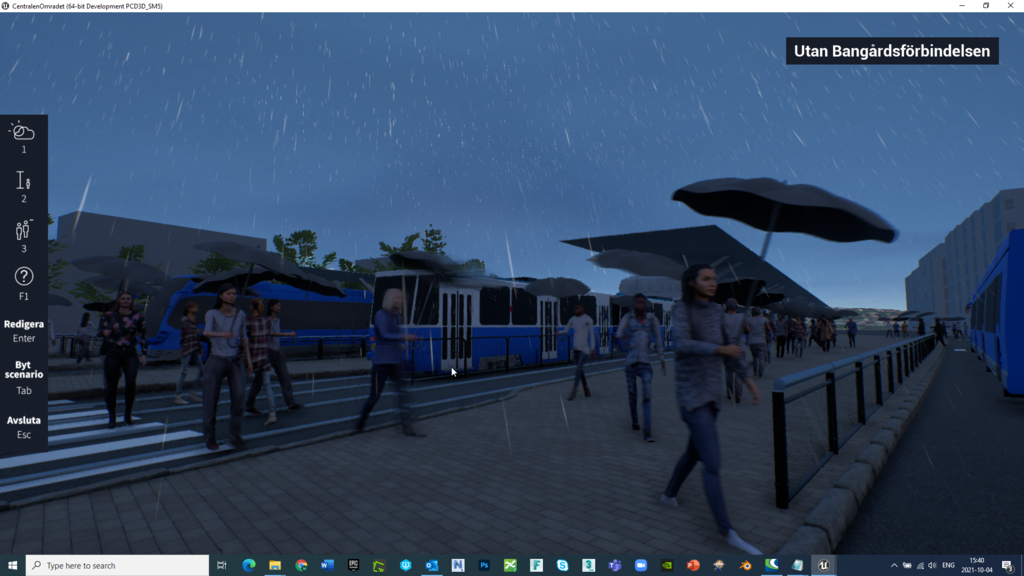
Change the weather, in this case rain/sun.
The application also allows you to switch between two different traffic solutions in the form of 3D models. In one model, the railway connection has been included as an input parameter. In the other traffic solution, the railway connection has not been included.
These factors are combined with an interactive simulation of how people move, a so-called crowd simulation, which adjusts the number of pedestrians according to the three interactive parameters mentioned above. Crowd simulation is also affected by the weather; when it rains, avatars walk faster, take shortcuts across crossing points and even open up umbrellas.
The Result
The aim of the pilot project was to create an interactive tool to help the Swedish Transport Administration understand and analyse different proposals for the design of the Central Area. Because the tool is interactive, and also shows how selected changes affect how people move, the tool quickly and intuitively creates an understanding of the impact that different designs can have on the area. Feedback from the Swedish Transport Administration has been very positive and the conclusion from the analysis is that interactive tools definitely have a place in traffic planning, as well as other areas of the city.
Future opportunities
A very important insight is that existing software for simulating traffic solutions does not take weather factors such as rain into account. People clearly move differently outdoors when it rains, don’t they? This is currently not taken into account in pedestrian and traffic simulation software.
In the pilot, we also tested what happens when you change the size and location of fences, shelters and crossing points. This concept can be scaled up to include all objects in the City of Gothenburg's technical handbook. If all the objects in the technical manual were represented as parametric 3D models, they could be lifted directly into the interactive application and thus used as a very effective urban planning tool.
Like this it can look!
Here you can watch a demo from the pilot study.
Leaders of the pilot study
We are responsible for this pilot study.

Markus Nordström

Fredrik Larsson
Other projects that we've done
Here you will fin the other pilot studies.
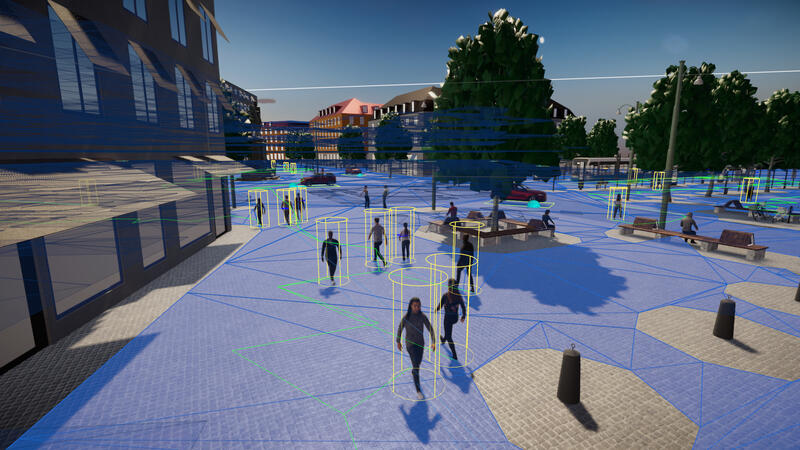
CoExist 2
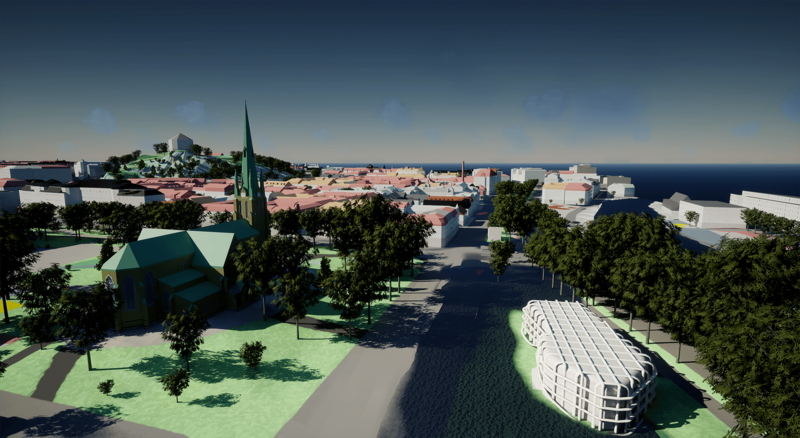
Skyfall (Torrential Rain)
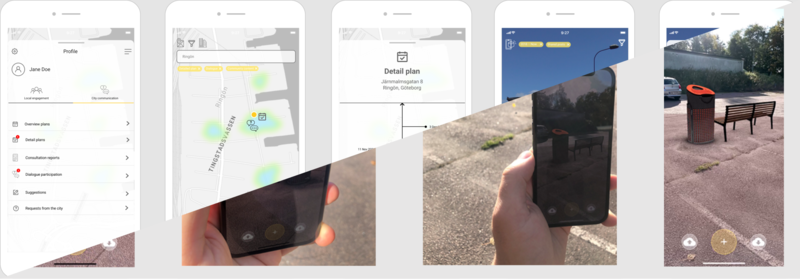
Social sustainability in urban development
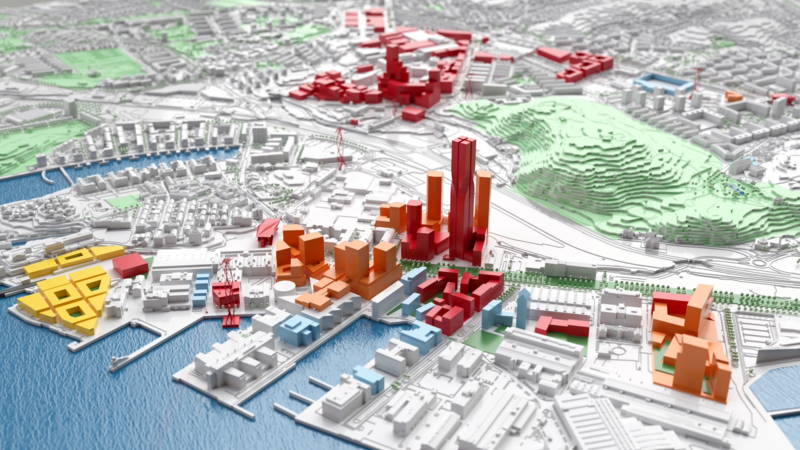
City Skyline
What to you want to test?
The test bed is now being opened up to industry and academia in order to continue the development of the digital twin in collaboration with the city. The test bed provides an opportunity to test and evaluate ideas, create virtual prototypes and collaborate on key societal challenges. All of which is based on the digital twin and associated data from the city. The aim of Virtual Gothenburg Lab is to unlock the potential of using Virtual Gothenburg in a broad, creative and effective way to help us move forward together.
Get in touch with ous!

